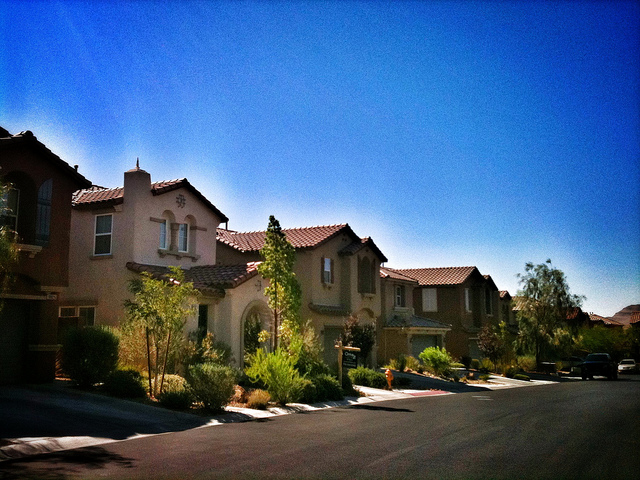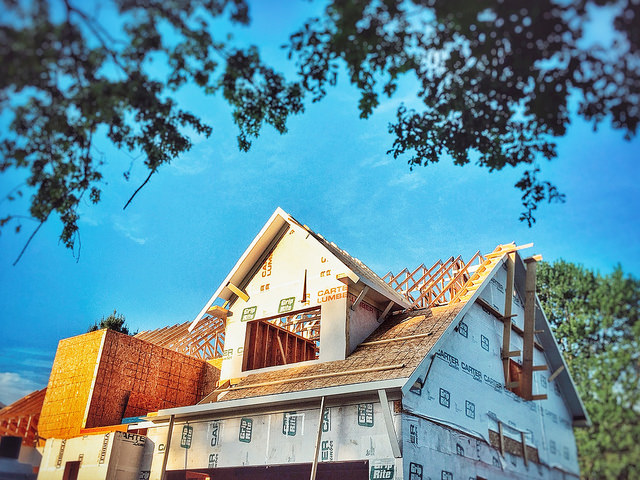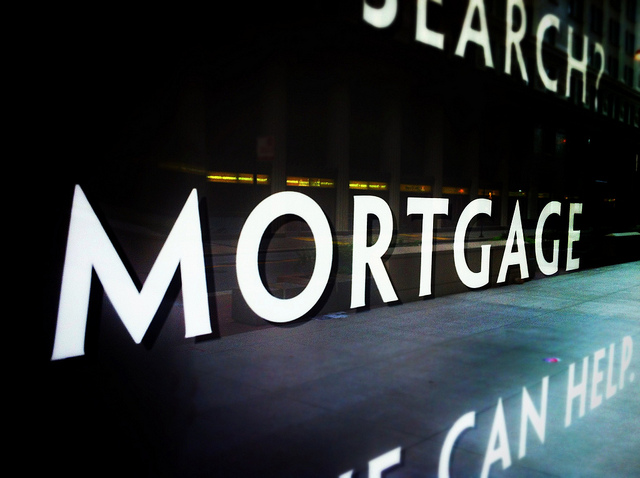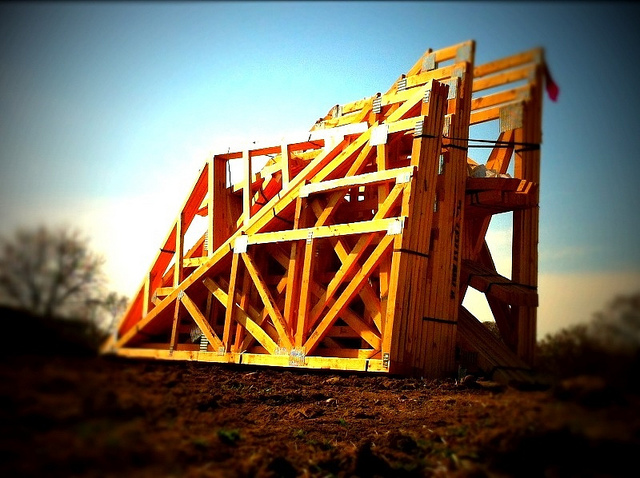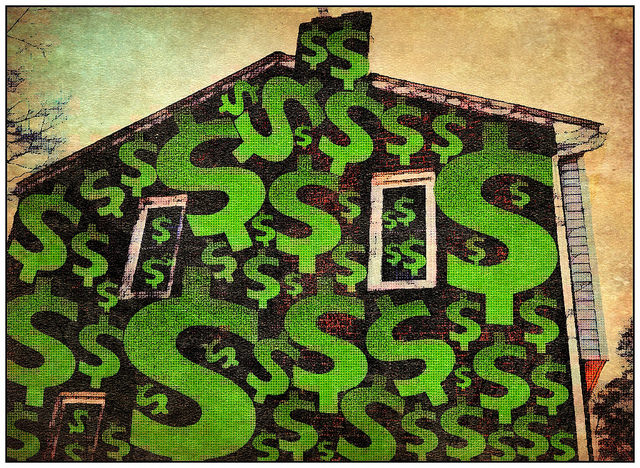According to the Mortgage Bankers Association’s Weekly Applications Survey, demand for mortgage applications was down 2.5 percent last week. But, though there was a decline in the overall number of home buyers looking to secure financing, there was an increase in buyers seeking loans backed by the Federal Housing Administration. And, since FHA loans typically have lower down payment requirements, this could be a indication that, despite the market’s current challenges, first-time home buyers are returning. Mike Fratantoni, MBA’s chief economist, told CNBC last week’s results provide some evidence of that. “The mix of business changed, with FHA purchase volume increasing as conventional and VA volume decreased,” Fratantoni said. “This indicates that more first-time buyers are entering the market, even as the market as a whole continues to be restricted by tight inventories of homes available for sale.” Also in the report, average mortgage rates saw little movement last week, with rates virtually unchanged across all loan categories. The MBA’s weekly survey has been conducted since 1990 and covers 75 percent of all retail residential mortgage applications.
